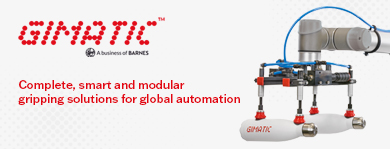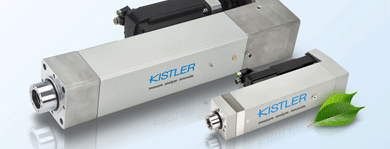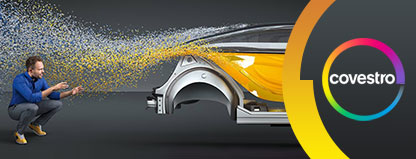
A recent study has shown that simple sheets of plexiglas (PMMA) "doped" with special fluorescent nanospheres are able to capture and concentrate sunlight, thus transforming windows into generators of clean energy. These Luminescent Solar Concentrators (LSC) utilize new semiconducting nanospheres developed by a joint research team of the University of Milan Bicocca and the Los Alamos National Laboratory, coordinated by Francesco Meinardi and Sergio Brovelli.
LSCs are composed of a sheet of plastic or glass into which are incorporated optically active molecules known as chromophores, which absorb a portion of the solar spectrum and re-emit it inside the sheet. The light is thus channelled towards the edges of the sheet thanks to the phenomenon of total internal reflection, as also occurs in the optical fibres used in telecommunications. Small solar cells positioned at the edges of the sheet then transform the light into electricity. The appropriate choice of degree of transparency and colour of the sheet makes it possible to transform ordinary windows into fully functional photovoltaic panels, without any significant increase in cost.
Until recently, it was not possible to build LSCs sufficiently large to be usable in real-world applications (windows, greenhouses, transparent roofs, etc.) because the standard available chromophores - whether in the form of molecules or nanospheres - reabsorb much of their own fluorescence. In this process, known as "reabsorption", the light emitted by one chromophore is absorbed by an adjacent chromophore and thus its intensity progressively diminishes, reaching zero before it arrives at the edge of the sheet. The invention of materials that overcome this phenomenon has thus been the main challenge in developing this technology.
In the study published in Nature Photonics, funded by the Fondazione Cariplo, the European Community and the U.S. Department of Energy, the scientists developed a technique for incorporating special colloidal crystals measuring a few nanometres (billionths of a metre) into the plastics used in the concentrators. In these new nanomaterials, one nanosphere serves as a shell for a second smaller nanosphere, like a nut in a nutshell.
"The enormous advantage of these systems", explains Francesco Meinardi, "is that they make it possible to decouple light emission and light absorption: the absorption takes place within the shell, which immediately transfers the accumulated energy to the inner kernel, which emits light. The shell is transparent to the light emitted by the kernel and so the fluorescence can propagate with no attenuation over long distances, making it possible to build devices with large dimensions, on the order of thousands of square centimetres, and thus applicable to real-world architecture".
"This technology," adds Sergio Brovelli, "for which we have provided proof-of-concept, is immediately scalable for industry and can be used in green or sustainable architecture. With these nanomaterials, not just roofs but all parts of a building can now become solar panels, including windows and facades, promoting energy self-sustainability. Furthermore, the ability to produce these devices in any shape or colour offers exciting new opportunities in designing new smart architectural materials".
























